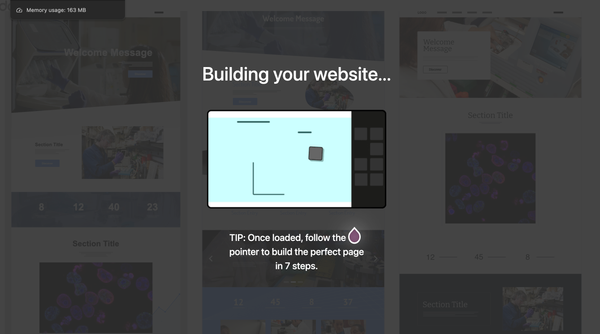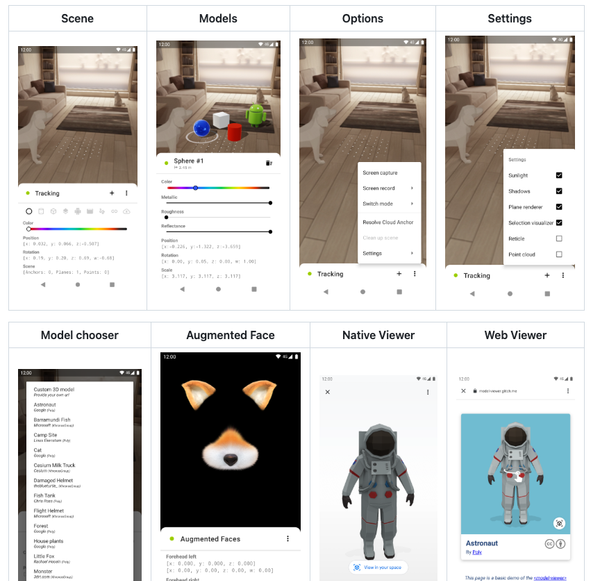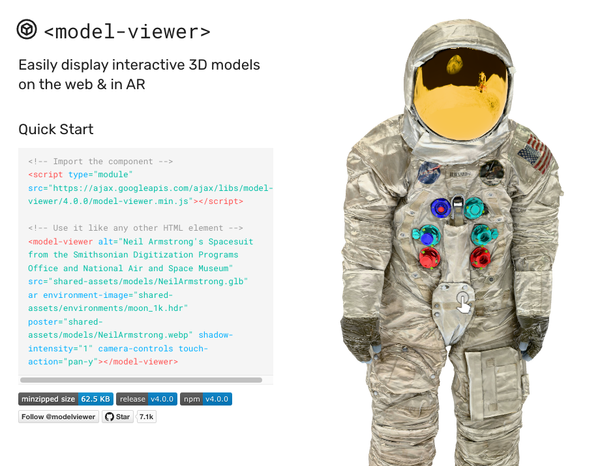10 steps to writing an academic research proposal
Table of Content
Traditionally, a research proposal is what a student submits to their academic advisor before working on their thesis. However, colleges in the USA, UK, and other English-speaking countries also have research proposals for smaller research assignments. Basically, it’s a paper that describes the future research that the student would like to work on. It has to be clear, concise, and well-structured. Writing your first research proposal may be a bit intimidating, but don’t worry—we’ve got you covered. Here’s a ten-step plan you need to follow.
#1. Choose the topic!
Choosing the right topic is perhaps the hardest part of developing a research proposal. You need to avoid both too general and too narrow ones. Research papers on overly general topics tend to be messy and lack focus. In turn, a very narrow topic will make finding relevant literature an excruciating task. Don’t stress yet, though. At this point, you just have to come up with the overall direction for your research; you’ll get to polish your topic later.
#2. Do the research!
A good writer is first of all a good researcher. Once you have a topic in mind, you need to dive into research the way you’d always do for your regular essays. You can use the library service your college has as well as the best online databases akin to JSTOR. Find as much relevant research as you can possibly process. You can even order a couple of cheap books to explore the context. Many beginner literature reviews have the fatal flaw of lacking articles published within the last couple of years. So make sure that at least two-thirds of the publications you find are very recent. As you’re leafing through them, make notes (brief summaries, possible research gaps, rarely addressed issues, and anything else you find important). They’ll help you later on.
#3. Narrow down your research topic!
Here’s where you come up with a specific working title for your future paper. Based on the research you’ve done, decide what aspect of your topic isn’t well-researched. That’s what your choice should be. This way, your paper will sound original even to an expert, and, most importantly, you’ll have fun writing it. But make sure that there are no objective reasons why it isn’t well-researched—you don’t want to be stuck with an unanswerable question.
#4. Come up with a specific research question
Next, come up with a specific question you intend to answer in your research. It should reflect your focus perfectly and be well-formulated. The research question (which in some form will also be the title of your entire assignment) is the first thing the reader pays attention to. Make it engaging, understandable, and brief. If you feel stuck, take a look at free samples or order custom-written papers online from CustomWritings or other research proposal writing services. It’s easier to come up with a good research question when you have a handful of examples in front of you.
#5. Find literature for your preliminary bibliography
Here’s when you look at the notes you made while researching literature and decide which of the sources end up in your bibliography and, in the future, literature review. Normally, college professors give their students an approximate number of sources required. If you didn’t get one, ask your TA for assistance. Ideally, though, your paper should at least mention the majority of recent academic research on your topic. But feel free to get rid of anything that’s written decades ago, lacks in quality, or is only marginally related to your research question.
#6. Write an introduction
Aside from the research question (which tends to be in the title), the introduction is the first thing the reader of your proposal will look at. Make it flawless. Some of its main components are:
- Statement of the problem (why your topic should be researched)
- A research gap (what’s missing in literature on your topic)
- Your statement of purpose (why the reader should care about your research)
Don’t make it long, though. You’ll get to discuss the details later in the proposal.
#7. Develop a hypothesis!
Obviously, you don’t have an answer to your research question at this point. But you must have an idea of how it’s going to end and can make a tentative assumption. Hypotheses typically come in the form of a statement that your research is going to prove right or wrong. Write it from scratch and try to make it personalized; don’t copy from one of the sources you’ve read. Here’s a decent example: “People who spend less than one hour a day on their commute will score more on the Satisfaction with Life Scale than people who spend more than one hour a day on their commute”.
#8. Describe your proposed methodology!
Make sure to consult your course materials before you work on this section. Even top writers are often confused when it comes to all the methods available and the ones most appropriate for their research. You need to describe the research design in enough detail for the reader to picture your study. Talk about how you’ll collect the data and what instruments you’ll use if any (meaning surveys, scales, tests). Choose those wisely.
#9. Choose a sample and identify the sampling procedures you’ll use
Describe who your participants will be, how many of them you’ll need, and how you’re going to find them. Include your sampling techniques (systematic, random, stratified, etc.). Make sure that the sampling process sounds realistic, or your professor won’t buy it. For example, claiming that you’ll have a thousand participants is a bad idea. A professional researcher or a large data company can easily do this, but an undergraduate student most likely can’t.
#10. Outline what you’re going to do with the data!
Finally, write about the data analysis tools and procedures you’ll use to interpret the data collected. This is especially relevant for quantitative research. You’ll need to learn a lot about statistical tools, including the mean and medium, as well as correlation and regression, among others. If you struggle with this, consult student services. A marketing-related website will often do, too—many companies conduct research to know who their customer is.
In place of conclusion
As you can probably see by now, writing a research proposal is not that different from writing an essay or any other academic assignment. The only difference is that you’ll mostly have to talk about the things you plan to do. The ultimate goal of a research proposal is to convince the reader that your future research will be interesting, relevant, and competent.










